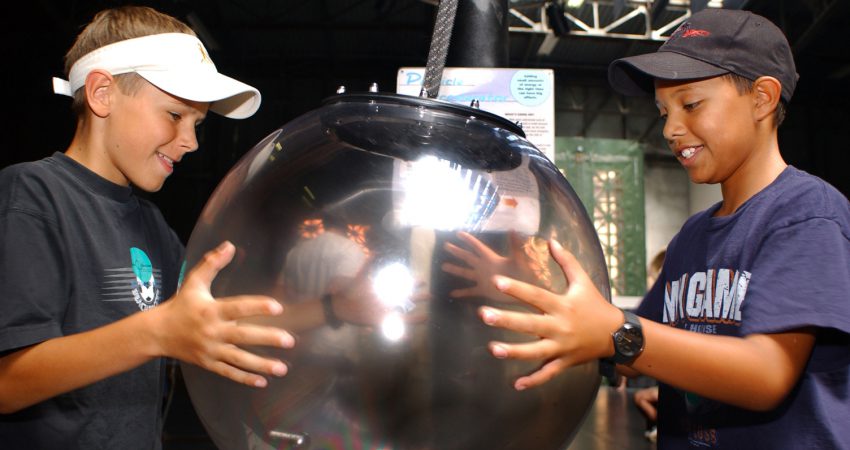
By Bronwyn Bevan - March 2011
PAPER CITATION
Zhang, J., Scardamalia, M., Reeve, R., & Messina, R. (2009). Designs for collective cognitive responsibility in knowledge-building communities. Journal of the Learning Sciences, 18(1), 7–44.
In this article, the authors discuss the results of a study that examined how inquiry-based learning activities could be structured to support what the authors term collective knowledge building. The researchers note that knowledge building is an essential feature of the 21st-century workplace. Knowledge building involves collective leadership, taking shared responsibility for the group's knowledge production, recognizing and building on the ideas of others, and flexibly changing strategies as the knowledge base develops and changes the problem space. However, the authors note that too often inquiry-based activities are organized in overly structured, top-down ways, in which all children are expected to do and learn the same types of things at the same time. In this way, such inquiry opportunities do not allow students to learn from one another, build on each other's ideas, and engage in authentic knowledge production. They cite recent literature that argues that "sustained, creative knowledge work can be better supported through distributed, flexible, adaptive, social structures than centralized, rigid, or fixed structures" (p. 8). Their study investigates how to create such flexible conditions within the constraints of an elementary school classroom. This article could be of interest for ISE educators designing or leading more open-ended and collaborative inquiries, or for those interested in examining the nature of inquiry in ISE-based science learning activities.
The researchers describe a three-year study where they tested whether and how fourth-grade students could assume collective responsibility for sustained knowledge-building. The study tested three different collaborative models: fixed groups, interacting groups, and opportunistic-collaboration models. In the first case, students were assigned to small groups and stayed in those groups to conduct their inquiries. In the second, fixed groups conducted their inquiries as small groups but also participated in structured whole-group conversations to share what they were learning, and sometimes joined forces to investigate particular phenomena. In the third case, "groups form, break up, and recombine as part of an emerging process, with all participants aware of and helping to advance the structure of the whole" (p. 12).
The researchers found that the opportunistic-collaboration model led to the greatest gains in student participation, networking, and knowledge creation and diffusion. They noted that these benefits accrued to students who were considered to be high-performing as well as to those considered low-performing. In arguing for more flexible and opportunistic approaches to classroom inquiry, they noted the importance of providing structures needed to support the opportunistic-collaboration model. Establishing shared top-level goals was essential. Identifying evolving knowledge and new goals was also critical. In this study, they used a computer-based program called Knowledge Forum which provided a communal knowledge-sharing space, allowing for sharing of results, indicating who was working on what and producing what, allowing teachers to monitor progress and participation, and allowing students to hold each other accountable to the work.
To facilitate and support opportunistic collaboration models, the authors noted that teachers need to deeply believe in student agency; they need to be comfortable working with the unpredictable, emergent nature of how children will produce knowledge (as opposed to a top-down and predictable trajectory); and they need to embrace an approach to curriculum that focuses on the big ideas, and allows sub themes to be developed according to students' interests and discoveries.




